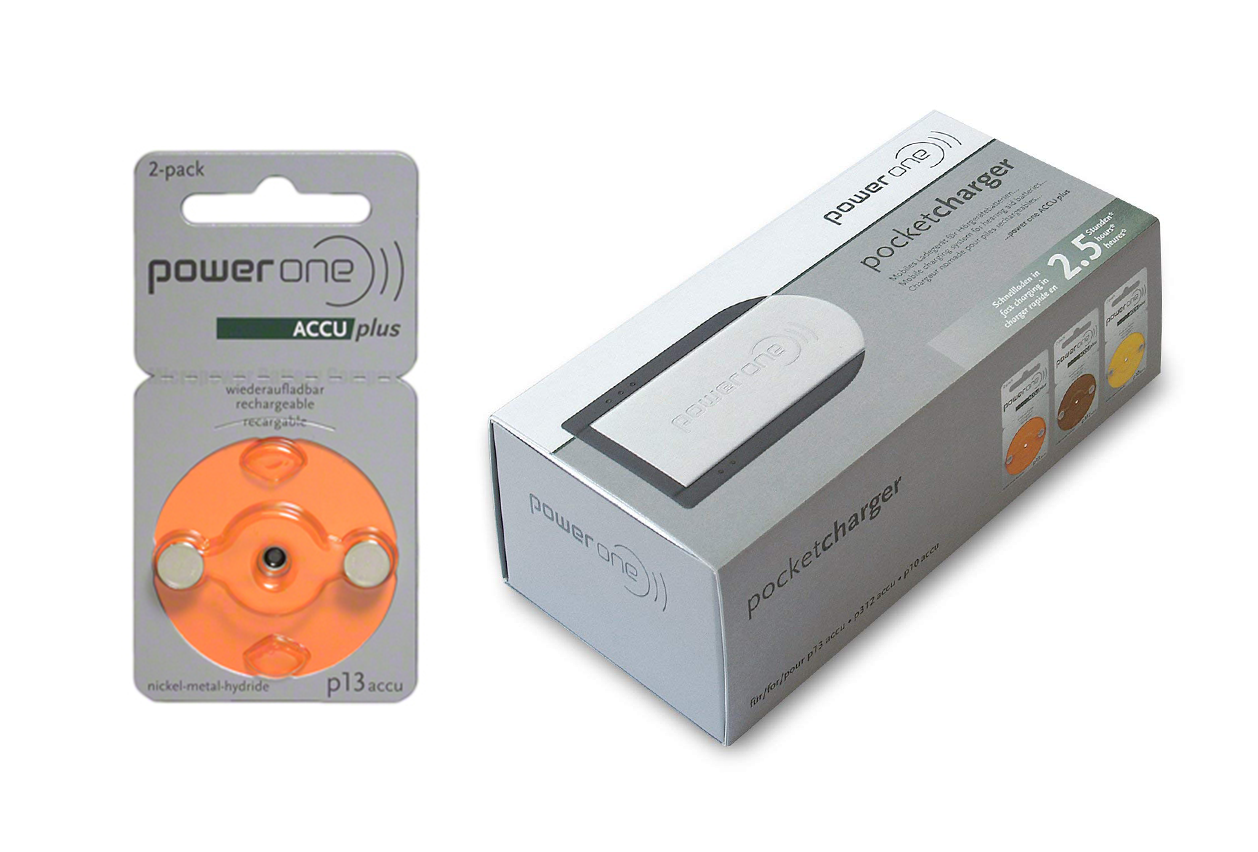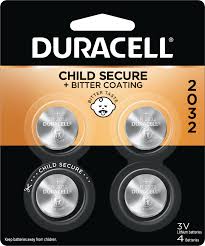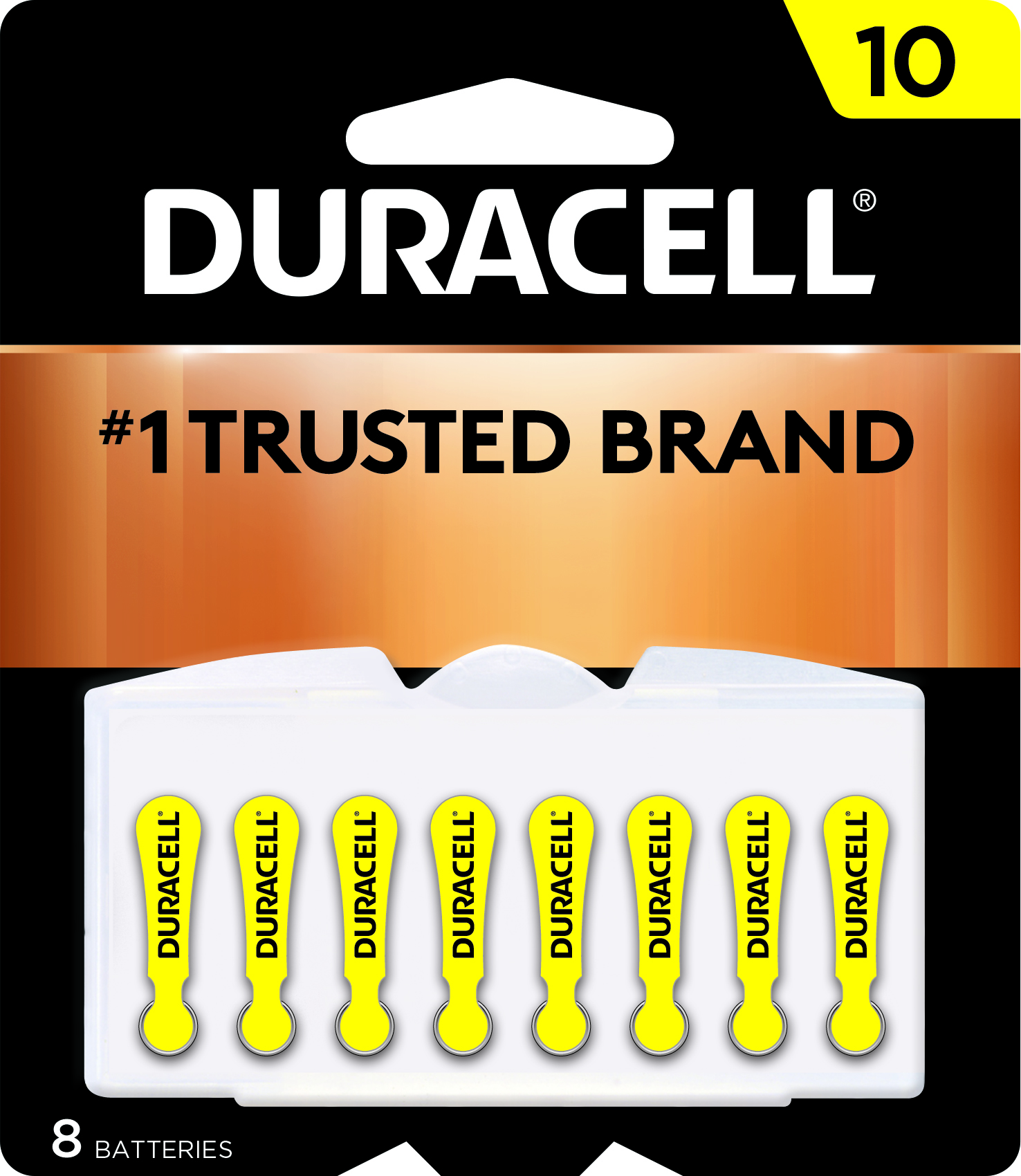batteries
-
When is it time to change your hearing aid battery?
It is always good to make sure you have hearing aid batteries on you. You don’t want to be unable to hear during an emergency or even a long work meeting.
Chemistry: Zinc-Air
There are many different brands of rechargeable hearing aid batteries; more common brands are Power One, ZeniPower, Panasonic, NEXcell, Rayovac, Toshiba, iCellTech, Hear Clear, Duracell….. Ect.
-
Quick Facts: Rechargeable Batteries
Categories: Battery TipsDifferent types of batteries have different rechargeable battery life. Battery life depends on the model and your usage. Heavy and constant use will drain a battery much faster than light and intermittent use.
For example:
Nickel cadmium (Nicad, NiCD) (1.5-3 Years) Cycle LIfe: 1,000+ Cycles
Nickel metal hydride (NiMH) (3-5 Years) Cycle Life: 700-1,000 Cycles
Lithium Ion (2-4 Years) Cycle Life: 600-1,000 Cycles
Lead Acid (6 Months) Cycle Life: 200 Cycles ( Varies)
-
Protect Your Children: Microbattery.com Offers Child-Safe Battery Packaging
Battery Hazards for Children
Batteries pose a variety of hazards to children including choking, toxicity, electric shock, and burns. There are thousands of different batteries on the market and all contain a variety of chemical agents. They come in various shapes and sizes, ranging from giant bricks to tiny cylinders. One of the most dangerous types of battery for children are lithium coin cell batteries, which are quickly becoming very popular among manufacturers due to their relatively small size and high performance. Being able to power a device with such a small battery is great and convenient for manufacturers and for users, but these batteries becoming so small pose a serious risk for children. The round shape of lithium coin cells and shiny metallic finish can be mistaken for a piece of candy or small food item by a child. Ingestion of a lithium coin cell battery can sometimes not be an issue as they can normally be passed through the system with little issue. In many instances, complications can occur which can be very serious and life threatening. The biggest hazard is the battery being logged in the esophagus, causing choking or even serious burns. If you suspect a child has ingested a battery or any other non-food item it is best to seek professional medical attention right away.
-
The Ultimate Guide To Hearing Aid Batteries
Hearing aid batteries typically come in 4 basic designations of sizes. The difference between different models of hearing aid batteries come from their physical size as well as the power and output of the battery. The 4 main sizes of hearing aid batteries are Size 10, Size 13, Size 312, and Size 675. Hearing aid batteries are conveniently color coded in order to easily identify the size of the battery.
-
How To Change Watch Batteries: A Step By Step Guide
How To Change Watch Batteries: A Step By Step Guide
Step 1: Carefully Remove The Back Panel Of Watch
First you must identify the type of back panel that your watch has. There are a few different types of back p










